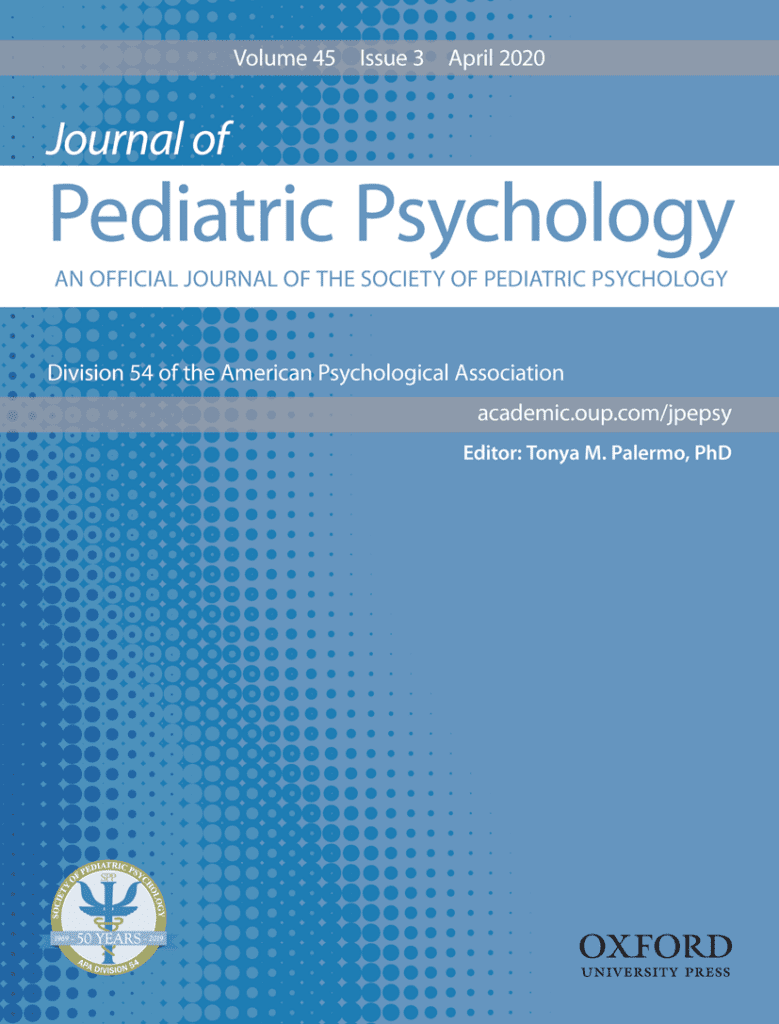Objective Research has shown effectiveness of nonremoval of the spoon and physical guidance in increasing consumption and decreasing inappropriate mealtime behavior. The side deposit has been used to treat passive refusal in 2 studies (1 in a highly specialized hospital setting) using lower manipulated-texture foods on an infant gum brush.
Methods We extended the literature by using regular texture bites of food with a finger prompt and side deposit (placing bites inside the side of the child’s mouth via the cheek) in an intensive home-based program setting in Australia, demonstrating that attention and tangible treatments alone were ineffective prior, fading the tangible treatment, showing caregiver training, and following up. 2 male children with autism spectrum disorder (with texture/variety selectivity; one with liquid dependence) participated in their homes. We used a reversal design to replicate effectiveness of the side deposit added to a treatment package.
Results For both participants, we observed a>98% decrease in latency to acceptance, a 100% decrease in inappropriate mealtime behavior, and a 100% increase in consumption with the side deposit added. Variety was increased to over 85 regular texture foods. 100% of admission goals were met. Caregivers were trained to high procedural integrity and the protocol was generalized to school and the community. Gains maintained to 3 and 1.5 years.
Conclusion This is important work in adding to the literature and support for the side deposit and expanding to regular texture, as well as replicating and extending empirically supported treatments for feeding internationally to the home setting.


